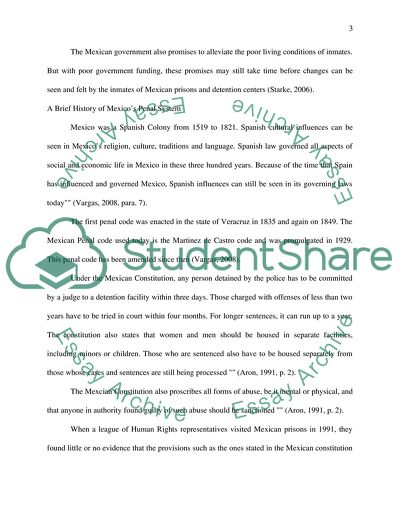Cite this document
(Life Realities of Mexico's Prison Research Paper, n.d.)
Life Realities of Mexico's Prison Research Paper. Retrieved from https://studentshare.org/law/1723942-mexico-prison-system
Life Realities of Mexico's Prison Research Paper. Retrieved from https://studentshare.org/law/1723942-mexico-prison-system
(Life Realities of Mexico'S Prison Research Paper)
Life Realities of Mexico'S Prison Research Paper. https://studentshare.org/law/1723942-mexico-prison-system.
Life Realities of Mexico'S Prison Research Paper. https://studentshare.org/law/1723942-mexico-prison-system.
“Life Realities of Mexico'S Prison Research Paper”, n.d. https://studentshare.org/law/1723942-mexico-prison-system.


